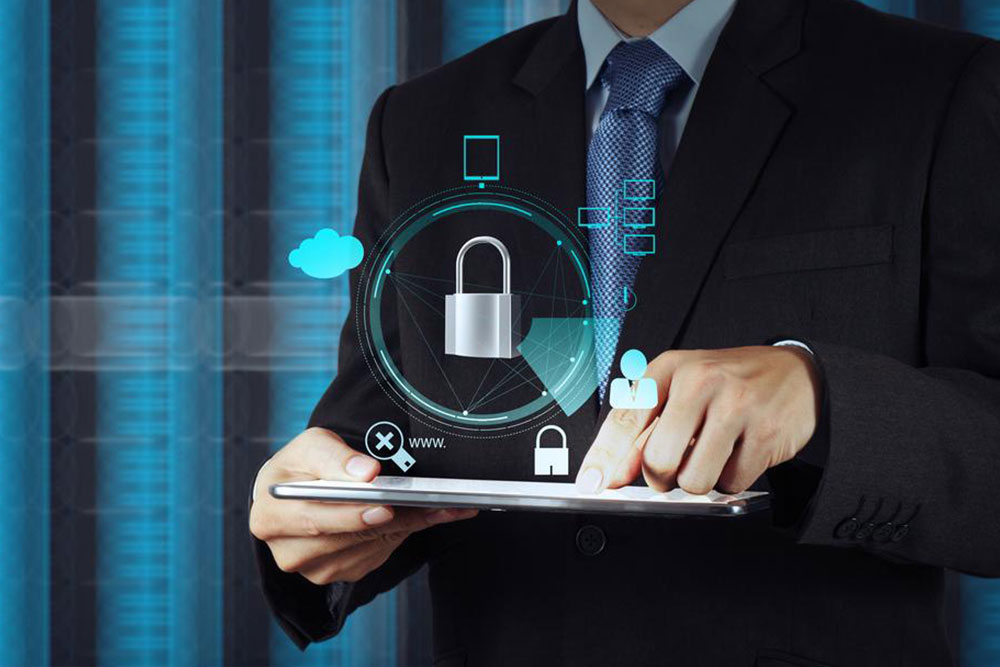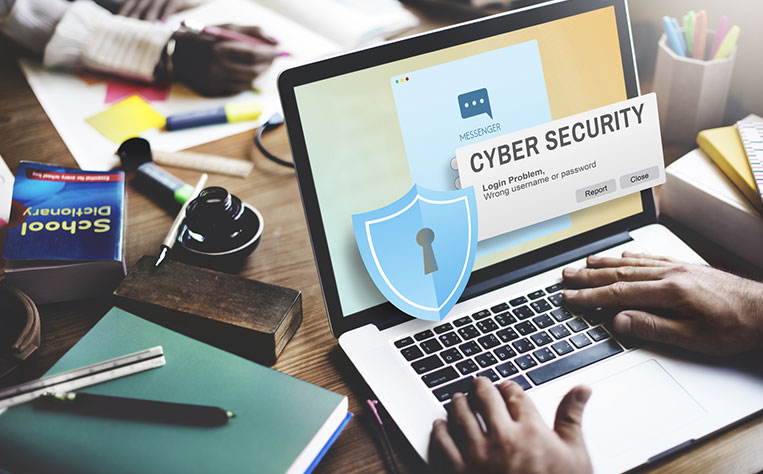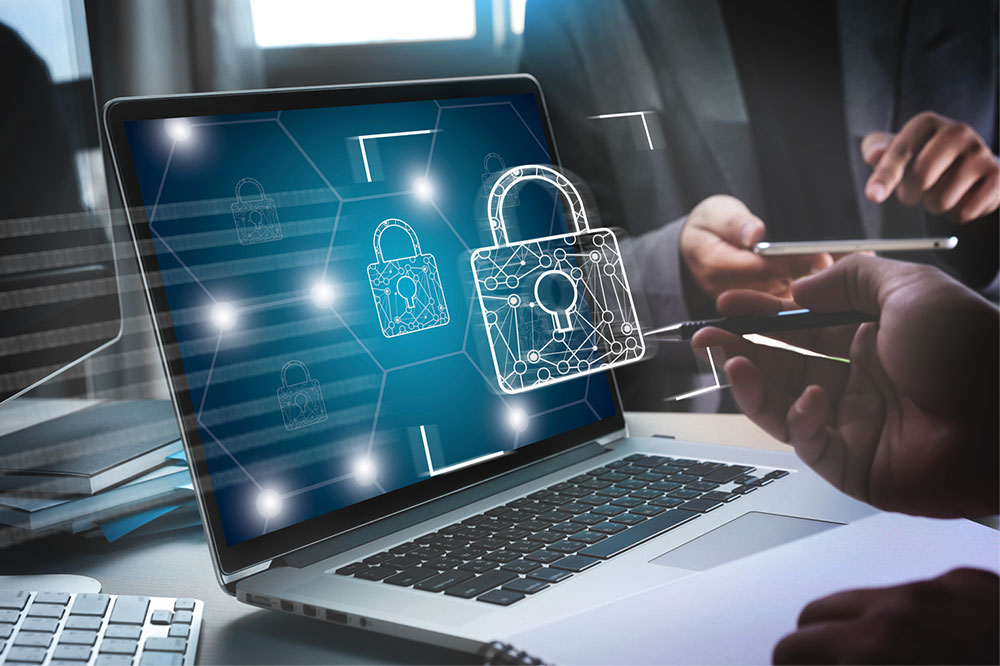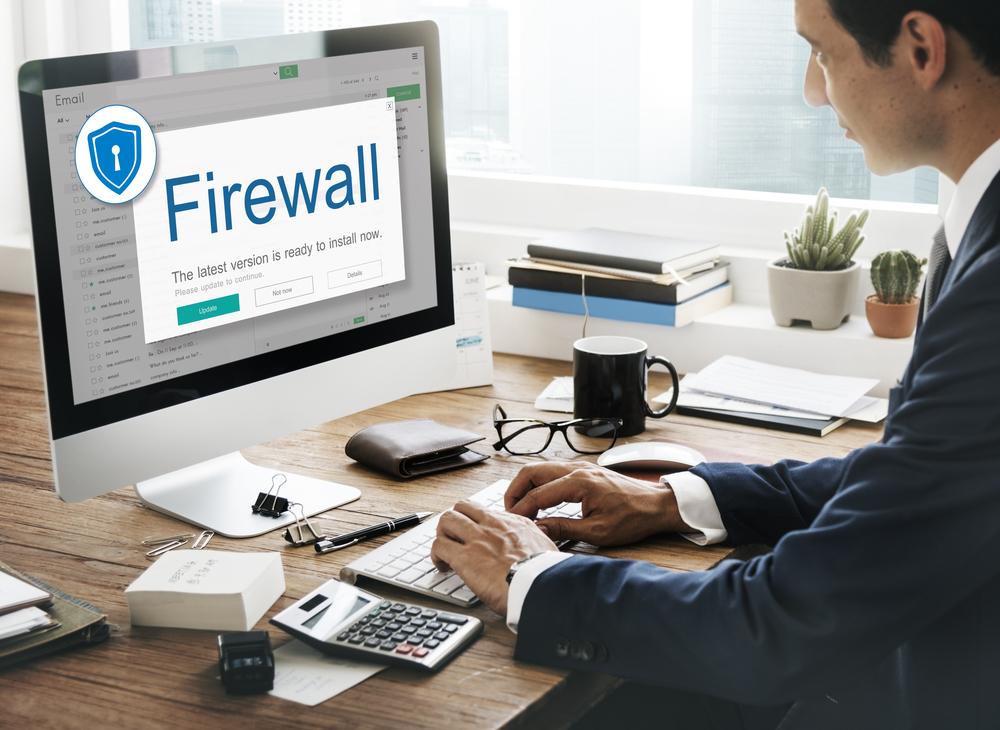Types of Cyber Threats and How to Protect Your Digital Assets
This article explores common cybersecurity threats like malware, spyware, hacking, phishing, and physical hardware risks. It provides effective strategies to protect digital assets through updated security measures, strong passwords, regular backups, and physical hardware security. Understanding these threats and defenses is essential for safeguarding personal and organizational data against evolving cyber dangers.
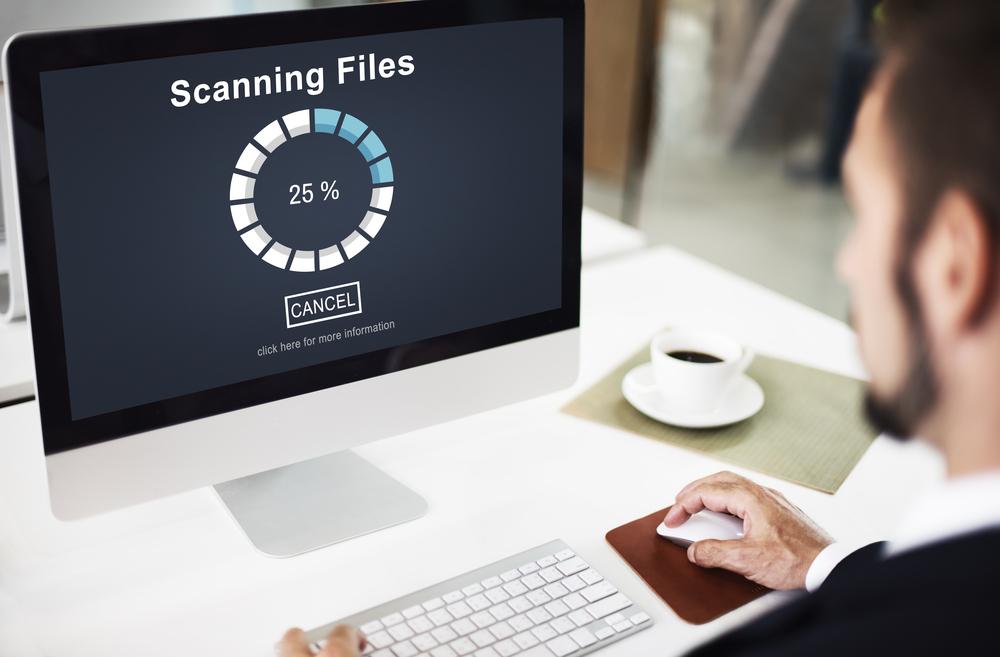
Common Cybersecurity Risks and Protective Strategies
As digital technology advances, cyber threats continue to evolve, cleverly disguising malicious intent and compromising sensitive data and systems. Staying informed and prepared is crucial to safeguarding your digital environment against these dangers.
The most prevalent threat is malware, including viruses that infiltrate and modify files without user consent. Regular updates of antivirus software and robust security measures are vital in preventing infections.
Malware and Viruses
Malicious programs like viruses and ransomware can corrupt, delete, or lock your data. Keeping antivirus software current is essential for defense.
Spyware is invasive software that secretly tracks online activity and installs unwanted programs, often for profit or identity theft. Reading terms and conditions and maintaining internet security can help avoid spyware.
Cybercriminals and Hackers exploit vulnerabilities to access personal and financial data, aiming to steal identities or cause damage. Employing multi-layered security tools helps inhibit their efforts.
Phishing Attacks involve scammers posing as legitimate entities to extract sensitive information via emails or messages. Recognizing suspicious communications with updated cybersecurity tools reduces risk.
Hardware Risks include physical access to devices, enabling theft or misuse of data and hardware components. Securing physical access is necessary.
Cyberattacks target networks and systems through techniques like DDoS, SQL injections, or malware, aiming to disrupt or steal data. Understanding these methods helps implement effective defenses.
To combat these threats, maintain updated security software, enforce strong passwords, perform regular backups, monitor IT activity, and secure physical hardware. Protecting hardware with locks and surveillance is also critical, especially for standalone systems. Storing backups on multiple secure media reduces the risk of data loss from technical failures.
Note: Our blog offers practical insights across various topics. While we aim for accuracy, readers should verify information independently, as discrepancies may exist. Staying updated on cybersecurity best practices is key to ensuring safety online and offline.




